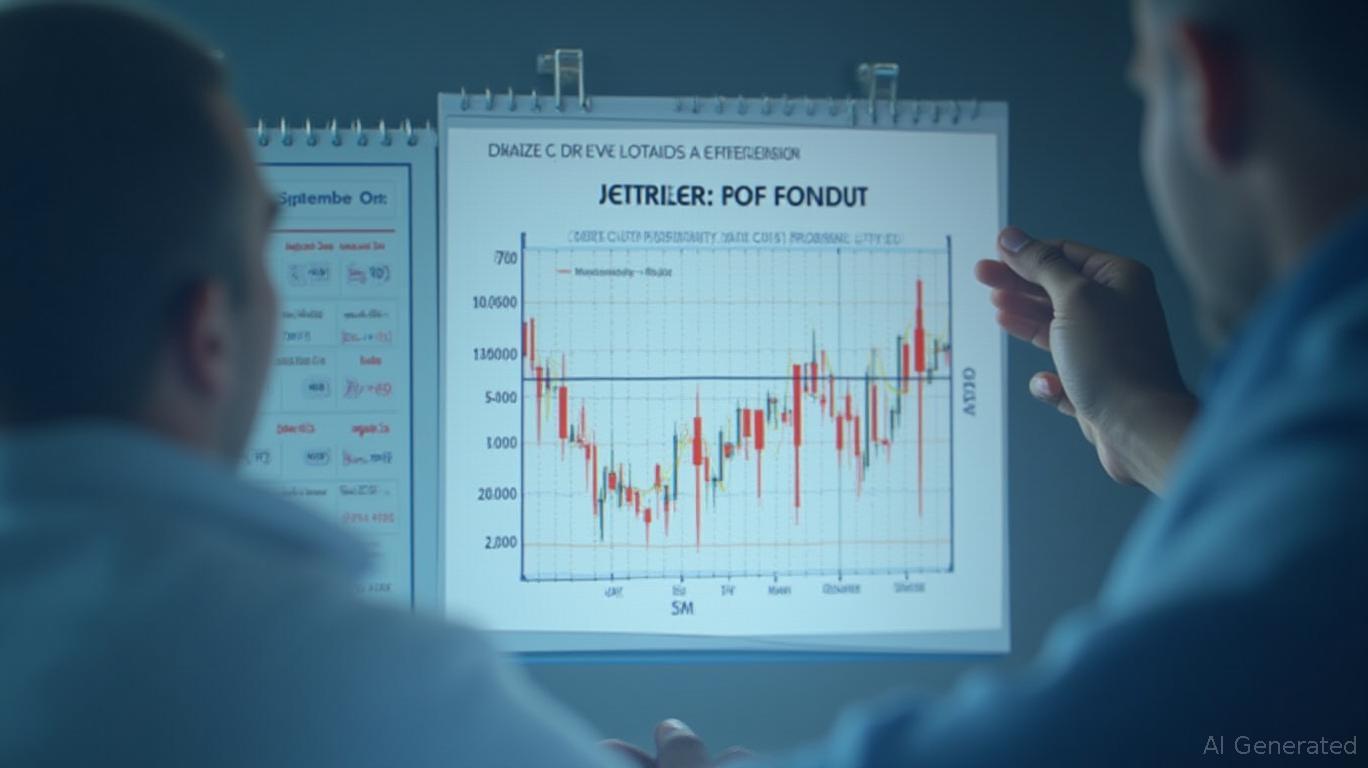Woodward's Steady Dividend Amid Mixed Results: A Resilient Aerospace Play?
Woodward, Inc. (NASDAQ: WWD) has announced its quarterly dividend remains unchanged at $0.28 per share, payable on June 5 to shareholders of record as of May 22. This decision underscores management’s confidence in the company’s financial resilience despite mixed performance across its key segments. Below, we dissect the rationale behind this dividend call, evaluate the risks and opportunities, and assess whether the payout remains sustainable in the current economic environment.
Financial Performance: Aerospace Shines, Industrial Struggles
Woodward’s first-quarter 2025 results, released in February, revealed a 2% dip in net sales to $773 million, driven by weakness in its Industrial division. The Aerospace segment, however, delivered 7% revenue growth to $494 million, fueled by robust demand in defense and aftermarket markets. Defense OEM sales surged 21%, while commercial aftermarket revenue jumped 19%, offsetting declines in Boeing-related Commercial OEM activity.
The Industrial segment, however, faced a 15% revenue drop to $279 million, primarily due to a 33% collapse in China’s natural gas truck sales. While Power Generation and Oil & Gas subsegments grew, they couldn’t compensate for the Transportation division’s struggles.
Dividend Sustainability: A Low-Payout Model
Despite the Industrial headwinds, Woodward’s dividend appears secure, backed by a 15.2% payout ratio—among the lowest in its sector. This conservative approach ensures dividends remain well within earnings capacity, even if margins compress further.
Over five years, Woodward’s dividend has grown 11.4% annually, with the latest increase to $0.28/share marking a 12% jump from 2024’s $0.25. The company has now raised dividends for four consecutive years, signaling financial discipline.
Risks Lurking Beneath the Surface
While the dividend’s safety is bolstered by the Aerospace segment’s strength, three key risks could test its sustainability:
1. Industrial Division Recovery: China’s truck market weakness remains unresolved, and any further declines could strain margins.
2. Debt Levels: Total debt rose 25% to $902 million, though EBITDA leverage remains manageable at 1.5x.
3. Supply Chain and Geopolitical Risks: As noted in its filings, global instability and trade tensions could disrupt operations.
Free Cash Flow Concerns
A red flag is free cash flow, which plummeted 81% to $1 million in Q1, compared to $5 million a year ago. This reflects higher capital expenditures and weaker operating cash flows. While the dividend is earnings-covered, sustained free cash flow weakness could eventually limit flexibility for reinvestment or future hikes.
Aerospace Outlook: A Tailwind for Growth
Woodward’s Aerospace segment is positioned to drive recovery. Management reaffirmed 6-13% sales growth for the segment in 2025, with margins targeting 20-21%—up from Q1’s 19.2%. Defense spending and aftermarket demand, fueled by aging aircraft fleets, are key tailwinds.
Meanwhile, the Industrial segment’s sales are expected to decline 7-11% in 2025, though margins should stabilize at 13-14%, up from Q1’s 14.4%.
Valuation and Investor Takeaway
At a current dividend yield of 0.61%, Woodward’s payout is modest but growing. However, the stock’s forward P/E of 18.5x (vs. a 5-year average of 20.2x) suggests it’s fairly valued, not overpriced.
Investors should monitor whether the Industrial segment’s struggles persist or if China’s market stabilizes. A rebound in Transportation sales could lift margins and free cash flow, supporting further dividend growth.
Conclusion
Woodward’s decision to hold the dividend at $0.28/share reflects its Aerospace-driven resilience and conservative payout strategy. While Industrial headwinds and free cash flow concerns warrant caution, the dividend’s safety is underpinned by a low payout ratio and strong Aerospace performance. Investors seeking steady, albeit small, dividend growth in the aerospace sector may find WWD a reasonable bet—if they’re prepared to overlook near-term Industrial volatility.
With a four-year dividend growth streak and management’s focus on operational excellence, the stock appears positioned to navigate current challenges. However, the path to higher returns hinges on Industrial recovery and sustained Aerospace demand.


_183e5bc31749756677125.jpeg)







